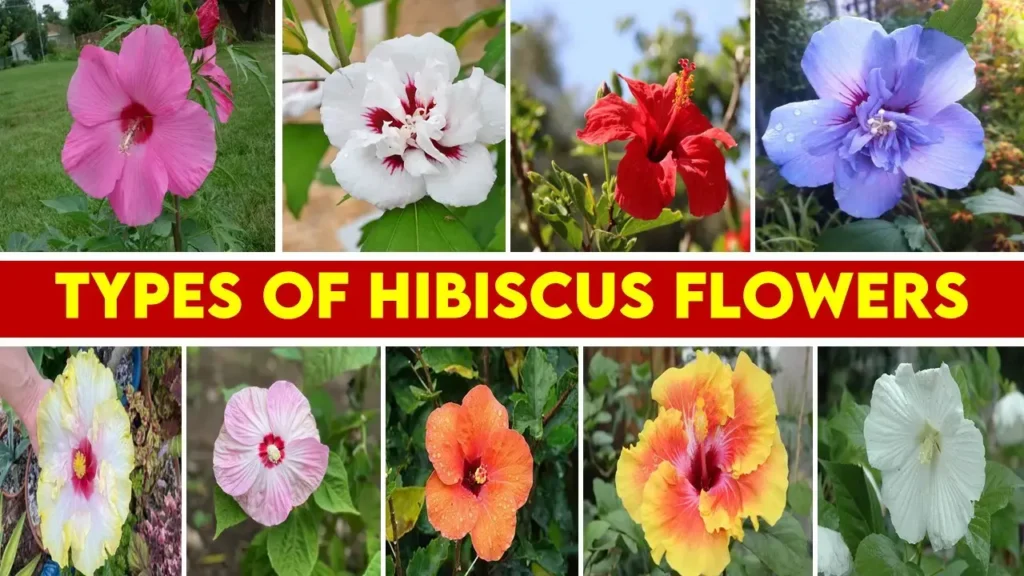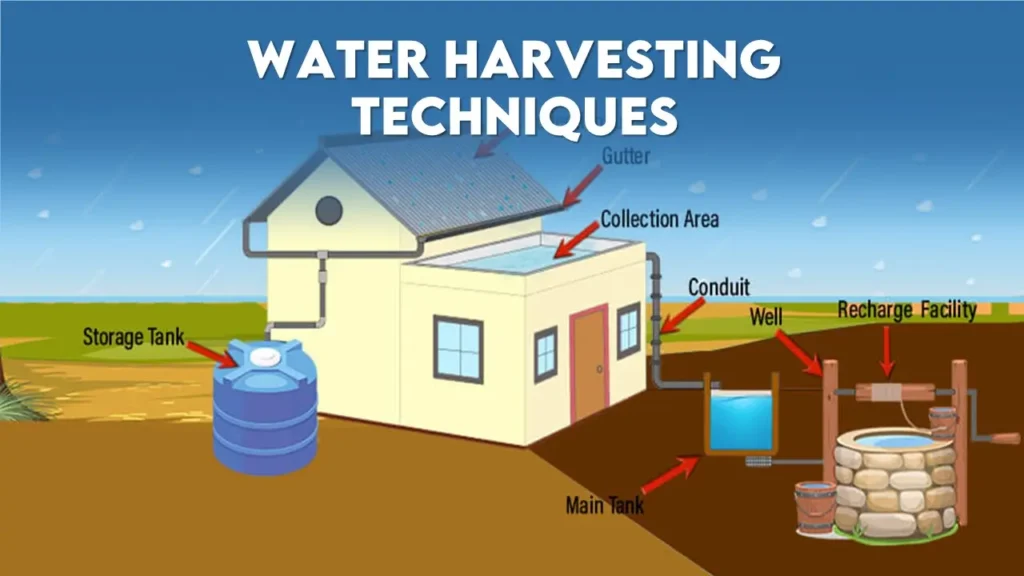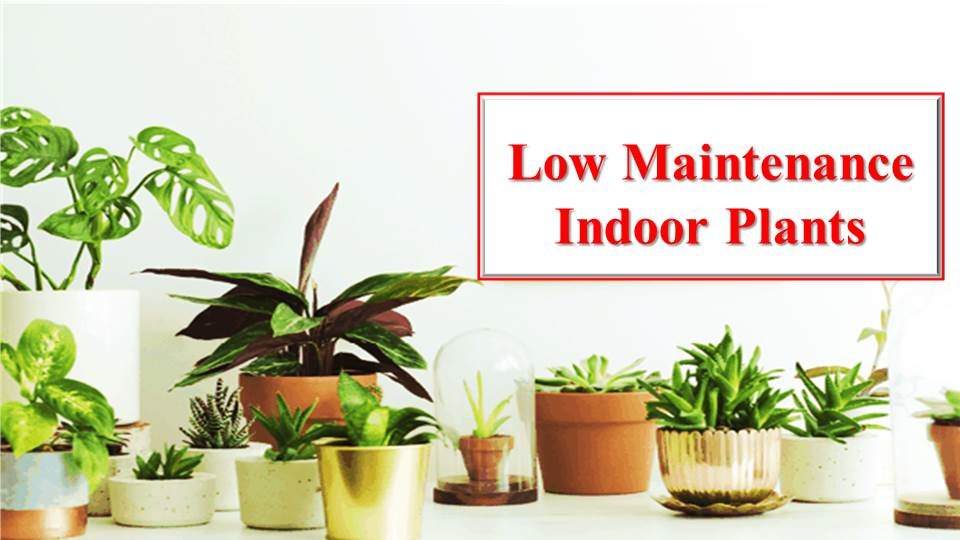What is better than seeing a beautiful full-bloomed hibiscus flower in your garden? The specialty of the Hibiscus flower is the numerous varieties that come in a multitude of colors. They notify us about the colorful world we live in and to appreciate its beauty.
But which variety should you choose from the numerous types of hibiscus plants out there? Don’t worry we will help you. We have compiled a list of 30 different types of Hibiscus bushes including some rare types of Hibiscus shrubs that you can choose from.
30 Different Types of Hibiscus Plants
This is the list of the different types of Hibiscus flowers in India.
1. Black Rainbow
| Botanical name | Hibiscus rosa sinensis |
| Origin | Asia |
| Plant type | Perennial shrub |
| Sunlight Requirement | Full to partial sunlight |
The Black Rainbow Hibiscus is a unique variety of the tropical hibiscus. They are quite large, with a bloom size of 6-12 inches. The Black Rainbow Hibiscus is a rare hybrid color for hibiscus, which is typically brightly colored in yellow, pink, red, and orange
2. Blue Chiffon
| Botanical name | Hibiscus syriacus |
| Origin | Asia |
| Plant type | Deciduous shrub |
| Sunlight Requirement | Full sunlight |
Blue Chiffon hibiscus is a captivating addition to any garden, renowned for its stunning blue blooms and unique characteristics. Aside from its alluring appearance, Blue Chiffon hibiscus is prized for its hardiness and low maintenance requirements.
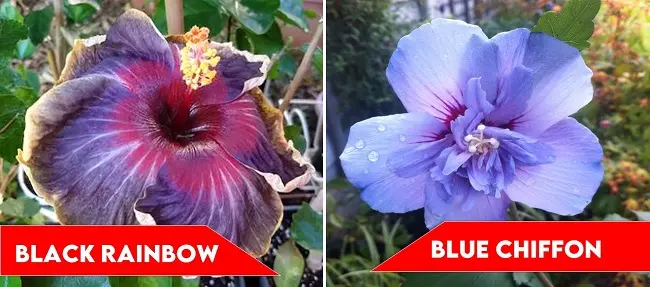
3. Anne Arundel
| Botanical name | Hibiscus moscheutos |
| Origin | North America |
| Plant type | Herbaceous perennial |
| Sunlight Requirement | Full sunlight |
The Anne Arundel Hibiscus is a compact, vigorous, and sturdy cultivar of the tropical hibiscus. These flowers, which can reach up to 9 inches in diameter, are clear pink in color.
It is hardy from zone 5 to 9. The Anne Arundel Hibiscus is a hybrid hardy hibiscus, resulting from complex breeding work involving multiple species native to the U.S.
4. Blue Bird Hibiscus
| Botanical name | Hibiscus syriacus |
| Origin | Asia |
| Plant type | Deciduous shrub |
| Sunlight Requirement | Full to partial sunlight |
The Blue Bird Hibiscus, scientifically known as Hibiscus Syriacus, is a deciduous shrub that can grow up to 8 to 12 feet tall with a width of 6 to 10 feet. It prefers soil that’s occasionally moist and rich in organic matter.
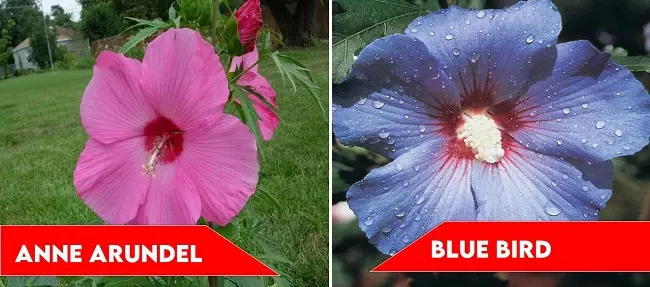
5. Ardens Hibiscus
| Botanical name | Hibiscus syriacus |
| Origin | Asia |
| Plant type | Herbaceous perennial |
| Sunlight Requirement | Full to partial sunlight |
The Ardens Hibiscus is a compact, bushy, deciduous shrub known for its ravishing lilac-pink double flowers adorned with darker veins in their center. It blooms profusely and reliably from early summer to fall.
6. Blue River Hibiscus
| Botanical name | Hibiscus moscheutos |
| Origin | North America |
| Plant type | Herbaceous perennial |
| Sunlight Requirement | Full to partial sunlight |
This is a vigorous, sturdy, shrub-like perennial noted for its huge, snow-white flowers, 10 in. across (25 cm), with no contrasting eye. It blooms continuously from mid to late summer. The dinner-plate flowers display conspicuous, protruding, creamy-white to pale yellow tubes of stamens. This plant thrives in full sun in average, medium to wet soils.
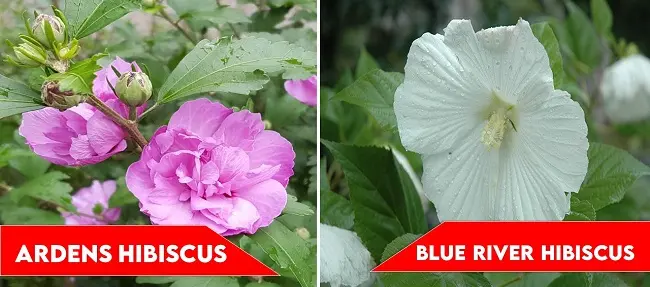
7. Dark Continent Hibiscus
| Botanical name | Hibiscus rosa-sinensis |
| Origin | Africa |
| Plant type | Deciduous shrub |
| Sunlight Requirement | Full sunlight |
It is known for its unique and almost eerie-looking flowers. It typically has a deep shade of purple in the center that spreads a few inches out. The edges of the wrinkled, ruffled petals are often a rich shade of gold that makes for a stunning contrast against the purple.
8. Bold and Sassy Hibiscus
| Botanical name | Hibiscus rosa-sinensis |
| Origin | Asia |
| Plant type | Annual |
| Sunlight Requirement | Full to partial sunlight |
The Bold and Sassy Hibiscus is a variety that stands out due to its flamboyant and vibrant flowers. The petals of this hibiscus are reminiscent of a flamenco dancer; they flutter and flow in stunning pastel colors. This hibiscus variety thrives in slightly acidic soil and prefers an area that will receive full to partial sunlight.
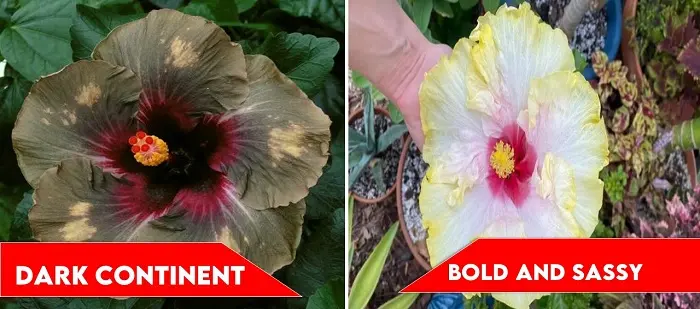
9. Cranberry Crush
| Botanical name | Hibiscus acetosella |
| Origin | Africa |
| Plant type | Perennial shrub |
| Sunlight Requirement | Full to partial sunlight |
The Cranberry Crush Hibiscus is a shrub-like, summer-blooming perennial known for its near-black buds that open to large deep scarlet red flowers against the deep green, leathery, maple-like leaves. These plants may not break dormancy until as late as mid-June, so they start blooming from mid-summer to fall.
10. Chasing Rainbows
| Botanical name | Iris germanica |
| Origin | Mediterranean |
| Plant type | Herbaceous perennial |
| Sunlight Requirement | Full to partial sunlight |
The Chasing Rainbows Hibiscus is a unique variety of the tropical hibiscus. The standards are peach pink, with purple blended up the midrib. The style arms are peach, while the falls are a blend of buff, lavender, and blue. The beards are tangerine. This variety blooms in the midseason.
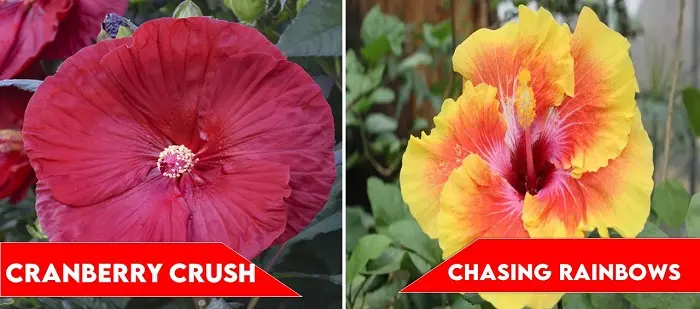
11. Cotton Rose Hibiscus
| Botanical name | Hibiscus mutabulis |
| Origin | China, Taiwan |
| Plant type | Herbaceous perennial |
| Sunlight Requirement | Full to partial sunlight |
Also known as Hibiscus mutabilis, the Cotton Rose hibiscus is a plant species notable for its distinct and attractive flowers. The most striking feature of the Cotton Rose Hibiscus is its large, showy flowers that undergo a fascinating color transformation. The flowers bloom as white in the morning, gradually change to pink during the day, and by evening, they turn into a deep red.
12. Cheeky Point Hibiscus
| Botanical name | Hibiscus rosa-sinensis |
| Origin | Asia |
| Plant type | Perennial shrub |
| Sunlight Requirement | Full to partial sunlight |
The Cheeky Point Hibiscus, also known as Cheeky Fellow, is a captivating variety of hibiscus that stands out for its vibrant and exotic appearance. The most distinctive feature of the Cheeky Point Hibiscus is its stunning flowers.
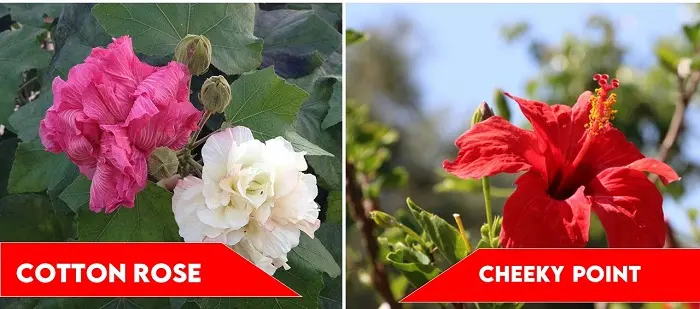
Also Read
13. Cosmic Dancer
| Botanical name | Hibiscus rosa-sinensis |
| Origin | Asia |
| Plant type | Herbaceous perennial |
| Sunlight Requirement | Full sunlight |
It is a tropical plant known for its unique and vibrant flowers. This plant is a fancy or exotic form of the Tropical Hibiscus or Hibiscus Rosa Sinensis. The most distinctive feature of the Cosmic Dancer Hibiscus is its large single flowers that are orange with red accents. These flowers are often colored orange, lavender, gold, and maroon at the center.
14. Galaxy Hibiscus
| Botanical name | Hibiscus moscheutos |
| Origin | Asia |
| Plant type | Deciduous shrub |
| Sunlight Requirement | Full to partial sunlight |
The Galaxy Hibiscus, scientifically known as Hibiscus moscheutos ‘Galaxy’, is a stunning variety of hibiscus that is cherished for its mesmerizing and vibrant flowers. These flowers shine on your garden throughout summer as their perennial blooms grow to be approximately six inches across.
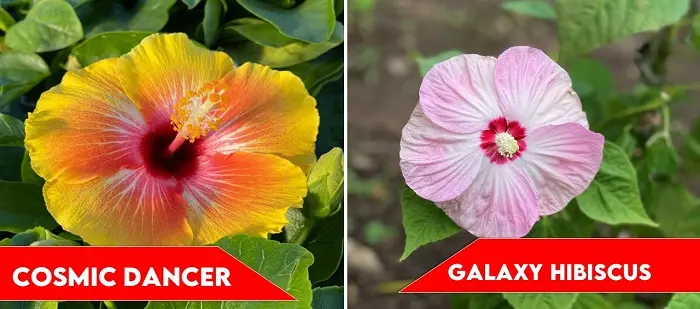
15. Delta Dawn Hibiscus
| Botanical name | Hibiscus rosa-sinensis |
| Origin | Asia |
| Plant type | Annual |
| Sunlight Requirement | Full sunlight |
The Delta Dawn Hibiscus, scientifically known as Hibiscus rosa-sinensis hybrid, is a rare and captivating variety of hibiscus. The most distinctive feature of the Delta Dawn Hibiscus is its large, 7-inch blooms. The heart of the bloom is a vibrant scarlet-red, which transitions to lovely lavender petals.
16. Expect Miracles
| Botanical name | Hibiscus rosa-sinensis |
| Origin | China |
| Plant type | Perennial |
| Sunlight Requirement | Full sunlight |
The Expect Miracles Hibiscus is a radiant variety of hibiscus known for its vibrant and tropical vibe. The most distinctive feature of the Expect Miracles Hibiscus is its rich shade of orange flowers, which many people often mistake for red or pink.
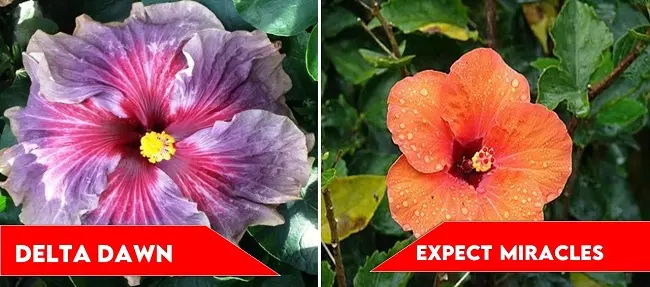
17. Donna Lynn Hibiscus
| Botanical name | Hibiscus rosa-sinensis |
| Origin | Asia |
| Plant type | Herbaceous perennial |
| Sunlight Requirement | Full to partial sunlight |
The Donna Lynn Hibiscus, scientifically known as Hibiscus rosa-sinensis, is a beautiful variety of hibiscus that is cherished for its vibrant and unique flowers. The most distinctive feature of the Donna Lynn Hibiscus is its large, 8 to 10-inch flowers.
18. Electric Plum
| Botanical name | Hibiscus rosa-sinensis |
| Origin | Africa |
| Plant type | Herbaceous perennial |
| Sunlight Requirement | Full to partial sunlight |
The Electric Plum Hibiscus is a unique variety of hibiscus known for its distinct and gothic vibe. The most distinctive feature of the Electric Plum Hibiscus is its standard Hibiscus-shaped flowers, with wide petals flaring out. The color of the flower is where the variety is unique from others.
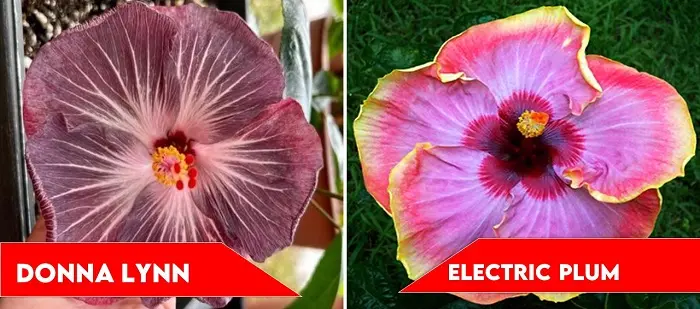
19. Double Hibiscus
| Botanical name | Hibiscus syriacus |
| Origin | Asia |
| Plant type | Perennial shrub |
| Sunlight Requirement | Full sunlight |
The Double Hibiscus is a unique variety of hibiscus that is cherished for its full and frothy blooms. Thanks to modern cultivation techniques, some varieties can produce flowers with more than five petals, giving the blooms a very full, frothy appearance. The flowers are really beautiful with the same five base blooms but they have ruffle skirts and the blossoms are double making them look even bigger.
20. Lady Stanley
| Botanical name | Hibiscus syriacus |
| Origin | Asia |
| Plant type | Deciduous shrub |
| Sunlight Requirement | Full to partial sunlight |
The Lady Stanley Hibiscus, scientifically known as Hibiscus syriacus ‘Lady Stanley’, is a captivating variety of hibiscus that stands out for its elegant and attractive flowers. The most distinctive feature of the Lady Stanley Hibiscus is its large, double, or semi-double white flowers with red centers and red veins radiating outward from the center.
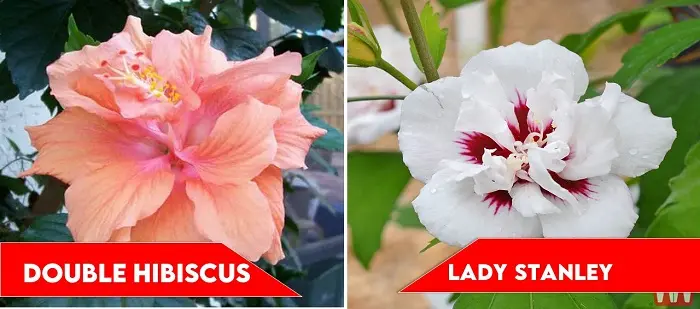
Also Read
21. Gwen Mary Hibiscus
| Botanical name | Hibiscus syriacus |
| Origin | Asia |
| Plant type | Perennial shrub |
| Sunlight Requirement | Full sunlight |
The Gwen Mary Hibiscus is a unique variety of the Hibiscus rosa-sinensis species. It is known for its large, highly textured, ruffled, bright lavender pink single blooms. The Gwen Mary Hibiscus can reach dimensions of 2m high x 2m wide, making it a substantial addition to any garden.
22. Lady Baltimore
| Botanical name | Hibiscus syriacus |
| Origin | Asia |
| Plant type | Perennial shrub |
| Sunlight Requirement | Full sunlight |
The Lady Baltimore Hibiscus, also known as Rose Mallow, is a compact, well-branched, herbaceous perennial. It is known for its large, satiny, pink flowers, up to 6 inches across, adorned with ruffled, overlapping petals and a brilliant scarlet throat. These flowers bloom continuously from midsummer to fall, each lasting about one day.
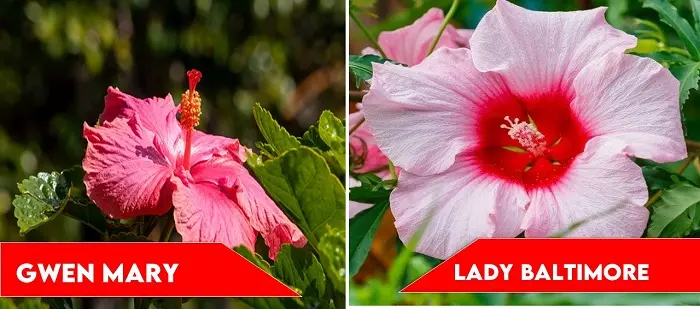
23. Humabo Hibiscus
| Botanical name | Hibiscus syriacus |
| Origin | Asia |
| Plant type | Deciduous shrub |
| Sunlight Requirement | Full sunlight |
The Hibiscus hamabo, also known as the hardy yellow hibiscus, is a species of shrub in the Hibiscus genus that is native to the coastlines of China, Japan, and Korea. Hibiscus hamabo is a small tree/shrub that can grow 1-5m tall. It blooms every year during the summer period. H. hamabo is a halophyte with strong salt resistance that grows well in habitats with NaCl concentrations ranging from 1.1 to 1.5%.
24. Jolanda Gomer Hibiscus
| Botanical name | Hibiscus rosa-sinensis |
| Origin | Asia |
| Plant type | Perennial shrub |
| Sunlight Requirement | Full to partial sunlight |
The Jolanda Gomer Hibiscus is a variety of the Hibiscus rosa-sinensis species. The Jolanda Gomer Hibiscus can be propagated through stem cuttings, tip cuttings, and cane. It was hybridized by Hendrik Jan Gommer and registered in 2005.
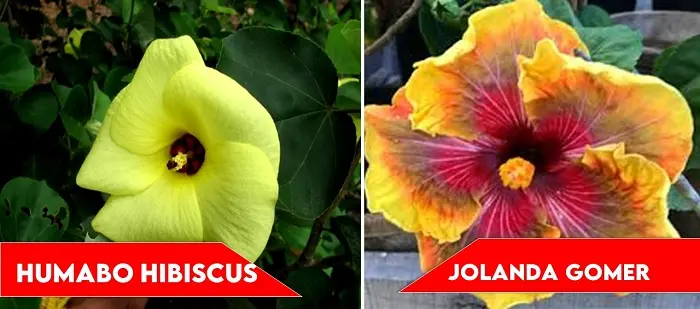
25. Hula Girl Hibiscus
| Botanical name | Hibiscus rosa-sinensis |
| Origin | Africa |
| Plant type | Perennial shrub |
| Sunlight Requirement | Full sunlight |
The Hula Girl Hibiscus, also known as the Tropical Hibiscus or Chinese Hibiscus, is a vigorous evergreen shrub. The Hula Girl Hibiscus is not only a beautiful addition to any garden but also attracts butterflies and hummingbirds.
26. Red Heart Hibiscus
| Botanical name | Hibiscus syriacus |
| Origin | Asia |
| Plant type | Deciduous shrub |
| Sunlight Requirement | Full sunlight |
The Red Heart Hibiscus (botanical name Hibiscus syriacus ‘Red Heart’) is a tropical hibiscus plant that produces white flowers with deep red centers. The bloom time extends from early summer to early fall. Young plants also produce flowers, though it will take them some time to reach their mature height, which is around 8 to 10 feet.
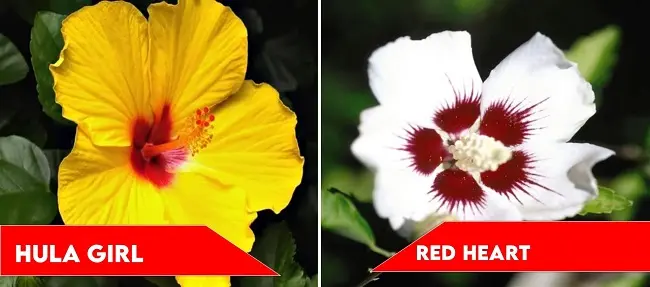
27. Pink Giant Hibiscus
| Botanical name | Hibiscus rosa-sinensis |
| Origin | China |
| Plant type | Herbaceous perennial |
| Sunlight Requirement | Full sunlight |
The Pink Giant Hibiscus is a vigorous, erect, deciduous shrub with ovate to diamond-shaped, lobed, toothed, dark green leaves. From late summer into autumn, it produces large, trumpet-shaped, pink flowers with dark red eyes. It grows well in any soil as long as it is well-drained, light, and humus-rich. It prefers a spot with morning sun. The Pink Giant Hibiscus can tolerate some heat, humidity, poor soil, and some drought.
28. Luna Red Hibiscus
| Botanical name | Hibiscus moscheutos |
| Origin | Asia |
| Plant type | Perennial shrub |
| Sunlight Requirement | Full sunlight |
The Luna Red Hibiscus is a compact and well-branched perennial noted for its huge, rich deep burgundy red flowers, 6-8 in. across. It thrives in full sun in average, medium to wet soils. The Luna Red Hibiscus is not only a beautiful addition to any garden but also attracts butterflies.
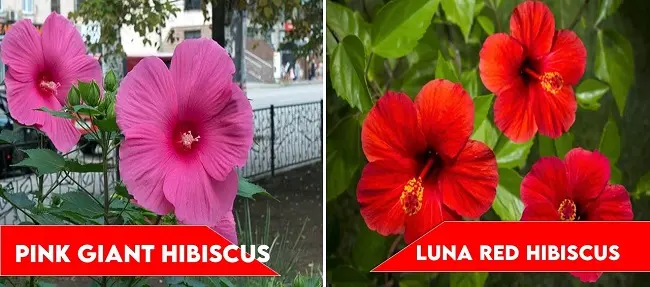
29. Misty Pink Hibiscus
| Botanical name | Hibiscus rosa-sinensis |
| Plant type | Herbaceous perennial |
| Sunlight Requirement | Full sunlight |
The Misty Pink Hibiscus is a variety of the Hibiscus rosa-sinensis species. The Misty Pink Hibiscus can be propagated through stem cuttings, tip cuttings, and cane. It loves stable humidity, but also tolerates drought well. It is a herbaceous perennial that is native to Asia and prefers warm climates (zones 9 to 10).
30. Marianne Charlton Hibiscus
| Botanical name | Hibiscus rosa-sinensis |
| Origin | Asia |
| Plant type | Herbaceous perennial |
| Sunlight Requirement | Full to partial sunlight |
The Marianne Charlton Hibiscus is a cross between Hibiscus rosa-sinensis ‘Ice Princess’ and H. rosa-sinensis ‘Godiva’. It is a beauty like no other. ‘Marianne Charlton’ has frilly, double violet petals with pink tones in the heart of the flower and light pink and white petal edges.
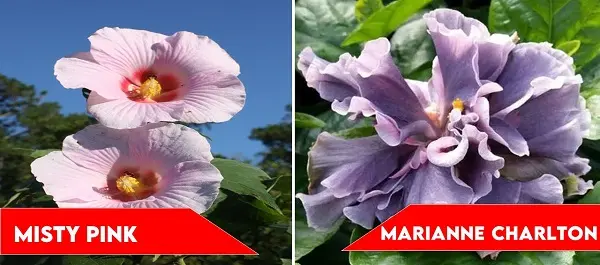
Also Read
- Why Money Plant is called Money Plant ?
- Top 25 Shrubs Plants in India for a picturesque garden
- Climber Plants in India
Conclusion
Hibiscus is a wonderful plant which is admired for the beautiful flowers it produces. The hibiscus flowers comes in different color variations and each of them has its own beauty. The vibrancy in the Hibiscus world is stunning. That is why they have been recommended as one of the must-have plants in your garden. But these flowers are not just about beauty, they also have health benefits. The oil extracts of Hibiscus rosa-sinensis varieties can nourish and strengthen the hair. They have been recommended as a remedy against hair fall and weak hair growth. So in conclusion the hibiscus is one of those plants that you must have and this list will definitely help you select which one.
FAQs
1. Type of placentation seen in the hibiscus ovary is?
The type of placentation seen in the ovary of a Hibiscus is Axile Placentation. In this type, the placentae develop from the central axis corresponding to the carpels’ confluent margins. It occurs in bi-to multilocular ovary2. This type of placentation is also demonstrated in other plants like those in the Solanaceae and Malvaceae families.
2. What type of plant is Hibiscus?
Hibiscus is a genus of flowering plants that belongs to the family Malvaceae, also known as the mallow family. Hibiscus plants are known for their upright growth habit and colorful, cup-shaped flowers, which often have dark-colored centers and prominent stamens. They can grow as annuals, perennials, shrubs, and even trees.
3. Hibiscus has which type of root?
Hibiscus plants typically have a fibrous root system. This type of root system consists of thin, branching roots that spread out close to the soil surface.
4. Which type of Hibiscus is used for hair?
The type of Hibiscus commonly used for hair care is Hibiscus rosa-sinensis, also known as Chinese hibiscus or shoe flower.
5. Are all types of Hibiscus edible?
Not all types of Hibiscus are edible. While some species of Hibiscus are cultivated for their edible parts, such as the flowers, leaves, or calyces (the outer part of the flower that protects the bud), others may be toxic or not palatable.
For example, Hibiscus sabdariffa, commonly known as Roselle or Jamaican Sorrel, is widely cultivated for its calyces, which are used to make herbal teas, jams, and sauces.
On the other hand, certain species of Hibiscus, particularly those grown purely for ornamental purposes, may not be suitable for consumption and could be toxic if ingested.
Latest Post
- Study Agriculture Abroad : A Complete Guide for USA
- July Issue (2024): Times of Agriculture Magazine
- Why Money Plant is called Money Plant ? Answer in 5 min
- How to grow Monstera from Cutting: 5-Step Detailed Guide
- Latest 10 Finest Terrace Garden Ideas to Transform Your Rooftops
- Top 10 Low Light Hanging Plants to make your Room Crunchy
- Best Water Harvesting Techniques for a Sustainable Future
- Low Maintenance Indoor Plants for India: 15 Best plants for home gardening
- Top 23 Flowering Trees in India: Flower Tree for Home


